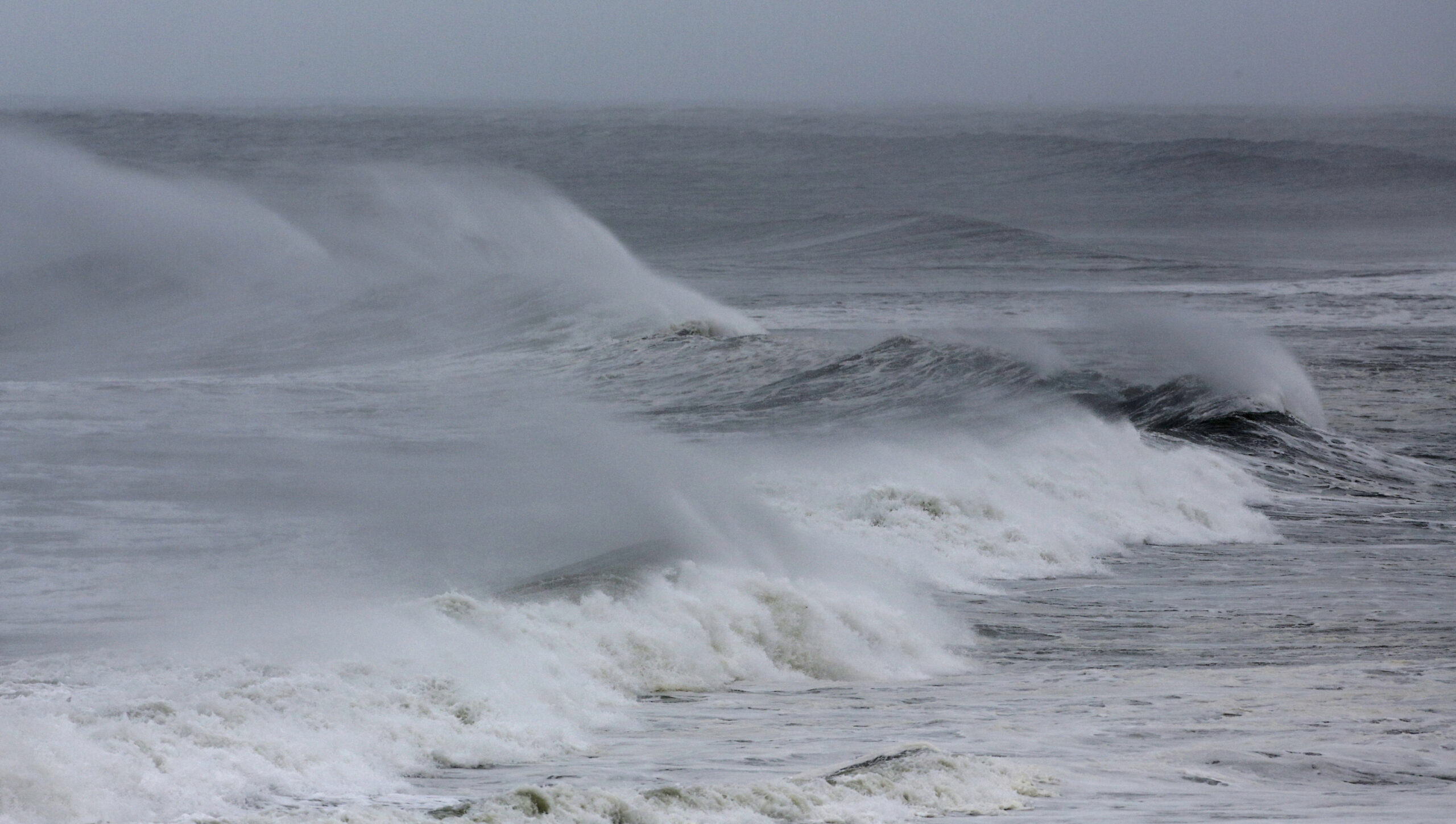Why A UGA Professor Is Calling Hurricane Florence ‘Strange’

Wind blown waves from Hurricane Florence hit the beach in Emerald Isle N.C., Thursday, Sept. 13, 2018.
Tom Copeland / Associated Press
On Wednesday, news broke that projections showed Hurricane Florence moving southwest — potentially, putting Georgia at risk.
That change in path was just one example of the ‘meteorological strangeness’ of Hurricane Florence, according to Dr. Marshall Shepherd, the director of the University of Georgia’s atmospheric sciences program.
“It’s a strange bird,” said Shepherd. “Nothing about this storm has been indicative of our meteorological skills. This has been a strange storm with some strange patterns and behavior.”
What makes the hurricane so unprecedented?
In part, its size and strength. Florence has been estimated to be roughly 500 miles in diameter. It’s also particularly strong, “for a hurricane at its latitude.”
Shepherd also noted Florence “has the potential to be a life-altering rainfall event.”
Projections now show Florence likely won’t directly impact Georgia.
But, Shepherd warned, the Carolina coast still faces dangerous conditions and “uncertainty” when it comes to Hurricane Florence.








